I don’t know if ‘History’ is even taught in school anymore. We live in a time when fame is assigned to people who are famous because they are famous and not for anything achieved. In school, we spent a few minutes on aviation pioneers and maybe heard names like Amelia Earhart, Wiley Post, Howard Hughes, Donald Douglas, and Jimmy Doolittle. Do you know what they have in common? Is the name Charles Harding Babb familiar?
Up until about 15 years ago, I had not heard of Charles Babb either. Even if I had come across his name, I was not aware of his influence in American aviation during the first half of the twentieth century. I most certainly did not know he befriended so many early aviators, legendary military officers, Hollywood elites, and aviation ‘royalty.’
While researching Douglas DC-4 aircraft for the ‘ATL-98 Carvair’ book, I noted that in the years after WW II some airframes converted to ATL-98 standards transited The Babb Company. I just accepted it as a statistic. A few years later while researching ‘The Evolution of Guppy Aircraft’ book (published as Ultra Large Aircraft) I found more aircraft which transited The Babb Company. This piqued my interest as to why so many aircraft were overhauled and brokered by The Babb Company.
The company was founded by Charles Harding Babb whose story has been lost in the recesses of time. I was surprised that little is written about an individual so influential in American aviation. His parts salvage company and aircraft brokerage brought him great wealth although he was quite unknown. No one ever wrote a book about him, and it appears little is recorded about his life. The only source of information is some personal files archived at the San Diego Air & Space Museum (SDASM).
Charles Babb was born in 1899 in Eugene Oregon. At a young, age he became interested in aviation and dreamed of being a pilot. He was severely injured at the age of fourteen in a hunting accident which caused the loss of his right hand and disfigurement and scaring of his jaw and cheek. Although physically impaired, he refused to give up his dream. He once stated he would find success through education. He studied at the University of Oregon receiving a degree in engineering. On 12 September 1918, he registered for the draft. No definitive records have been located of him serving in the military. The loss of his right hand may have caused him to be rejected. However, a photo does exist of him in an early military pilot’s uniform. Records also show Babb signed the Davis-Monthan Airfield Register as a military pilot on 27 January 1926.
Other information indicates that Babb was once an Air Corps pilot (an “Ace”). This is hard to reconcile, given that his draft registration at age 19 listed his disabilities. The fact that he has been reported in a news article with the title ‘Captain’ adds to the confusion. It is not known if ‘Captain’ refers to military rank or civilian aircraft commander. We know that at some point he was noted as an exceptional pilot despite only having one hand. He owned multiple float planes and often piloted them to his favorite remote hunting and fishing destinations in the Northwest, Alaska, and Canada.
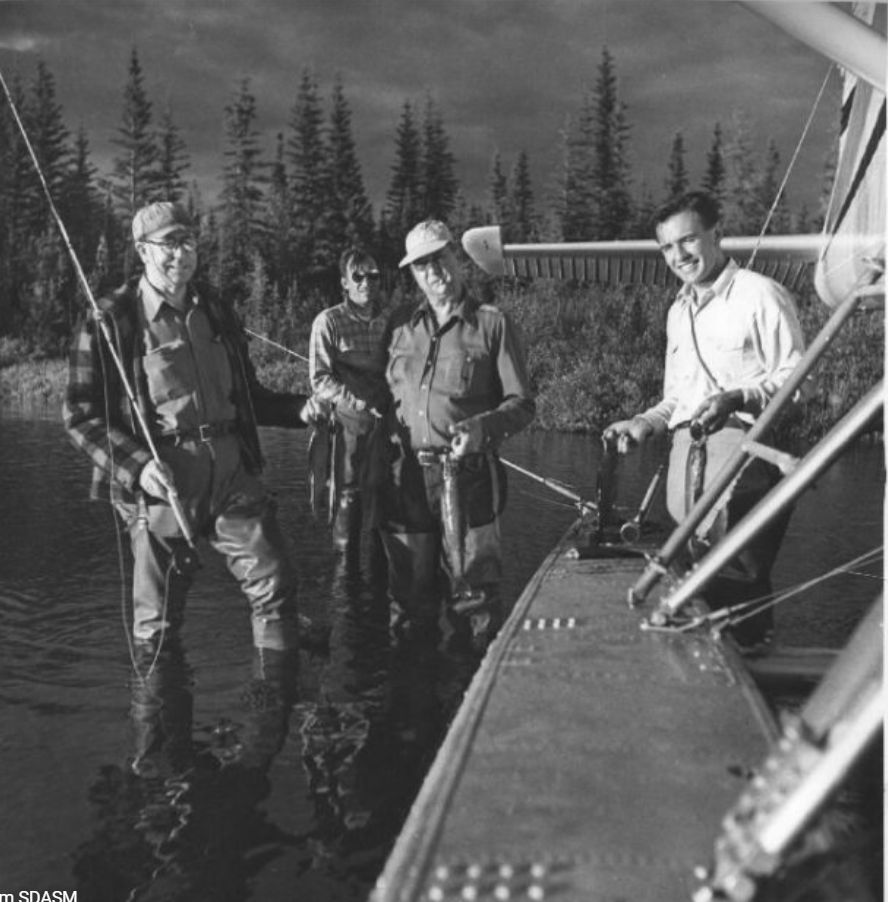
He learned to fly in his late teens in Venice, California. In 1919 he acquired FAI pilot certificate number 5074 and received the ‘expert aviator’ certificate number 302. He became a flight instructor by the mid-1920s. Flying had become a fad among the rich and Hollywood elite. He gave Amelia Earhart flight instructions and issued her first pilot license.
Aviation was the Hollywood rage during the 1920s. Babb’s aviation skills and ability to teach others to fly made him quite popular. The entire country was fascinated by the dream of air races and distance flying. He married Hester Evelyn Drew on 08 October 1923. They spent a lot of time in California and by 1930 relocated to Los Angeles.
In the 1920s Babb began buying and storing damaged and obsolete aircraft. People told him he was crazy. He was joked about as the “flying junk man,” a nickname he did not like. He soon became a major parts supplier for older aircraft. In a relatively short time, his large stock of used planes, replacement parts, and overhaul services brought him great success. He scavenged junk bins and bone yards of aircraft factories for cast-off parts. When asked why he purchased junk parts from the aircraft manufacturers, he would pass it off by saying “There’s a buyer for everything.” All the while building up a huge inventory of aircraft spares.
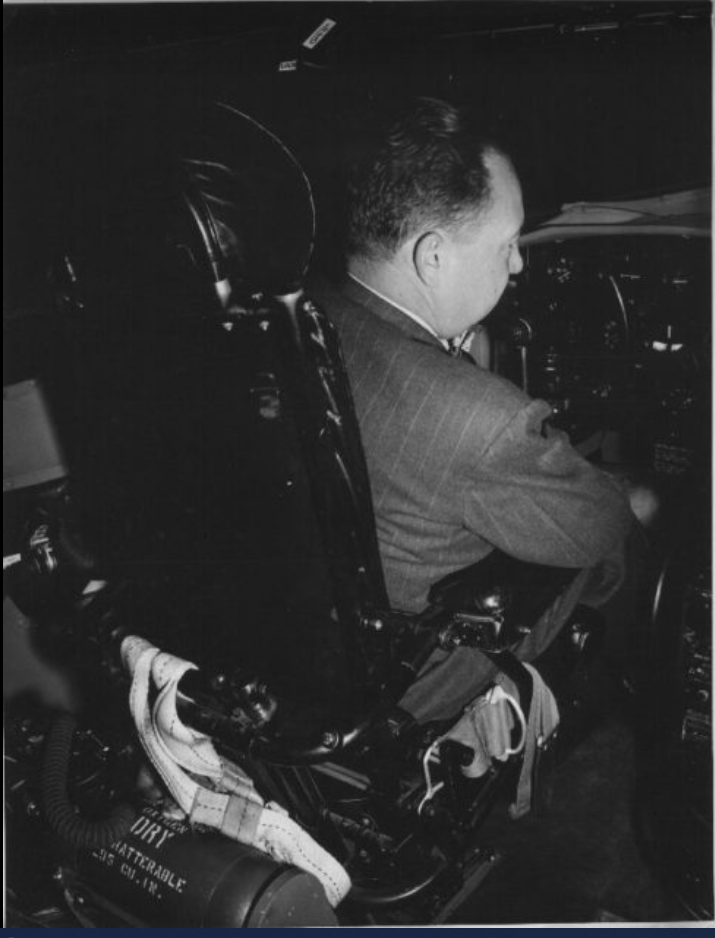
By 1925 Babb was well established in Southern California aviation. He was friends with Donald Douglas, Jack Northrop, and the Lockheed (Loughead) brothers. His headquarters at Glendale made it easy to monitor the boneyards at Douglas, Lockheed, and Northrop. He was known to personally pick through the cast-off junk. He even bought their scrap in bulk. After transport to his facility, he salvaged the useable components for overhaul and resale. He ran ads in ‘Flying’ magazine with long lists of parts and just about every type of early aircraft from surplus WW-I Jenny to the Lockheed Vega. His circle of friends gave him the inside advantage in the aviation parts market.
His piloting skills were instrumental in becoming the Secretary of the National Aeronautic Association Southern California Chapter. He then became Governor of the National Aviation Authority (NAA) where he served until 1928. During this period, Babb promoted flying by organizing air races. Aviation was the sign of the future. Babb exploited the profit potential in servicing and overhauling aircraft as well as supplying parts to the industry.
The post-First World War boom in aviation presented a great need for reliable aircraft servicing. Only new aircraft parts were available from the manufacturer. Babb made available reconditioned parts at a better price. He formed Babb International Aircraft Brokerage about 1928 which primarily bought and sold surplus military aircraft to overseas countries. Babb also started buying and reselling U.S. civilian registered aircraft in addition to purchasing and salvaging surplus and damaged military airplanes. Business boomed into the 1930s at his operation at Grand Central Airport in Glendale, California. Being a close friend to Donald Douglas, Rueben Fleet, Howard Hughes, Eddie Rickenbacker, and Paul E. Richter placed him in a very unique position.
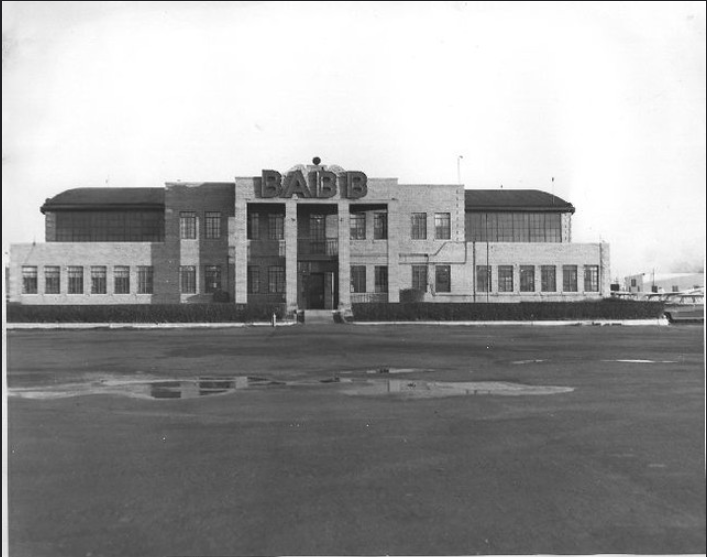
Rickenbacker (CEO of Eastern Airlines in 1934) like Babb had also suffered a life-long injury in his youth. In 1911 he was partially blinded in one eye by a burning cinder. Despite this, he joined the military and became a pilot serving under Maj. Carl “Tooey” Spaatz. Like Babb, his disability did not hold him back. He was characterized as a natural pilot with exceptional skill. He scored 25 victories making him the “Ace of Aces.” He also received the Congressional Medal of Honor.[1]
Paul Richter was co-founder of Standard Airlines in 1928 which operated between Los Angeles and Dallas. Standard was a sub-company of Western Air Express. American Airlines purchased the Standard routes and Western Air Express then merged with Transcontinental Air Transport forming Transcontinental and Western (TWA). Richter moved on to TWA where he became executive vice president.[2]
In the 1930s Howard Hughes formed a plan to create a worldwide airline to compete with Pan Am. Jack Frye, president (1934–1947) of Transcontinental & Western Airlines (TWA) encouraged Hughes in 1939 to purchase TWA stock.[3] At the same time, TWA was heavily invested in Central American carrier TACA. Babb had long been supplying TACA with parts and aircraft. Hughes eventually acquired 78 percent of TWA stock in 1944. Transcontinental and Western was renamed Trans World Airlines in 1950.
The International Babb Company name was changed to The Babb Company about 1930 as his aircraft salvage and parts stockpile of older aircraft expanded. He became the world’s largest international aircraft broker. A partial list of sales after 1929 indicates Babb exported 105 civilian-registered aircraft. Nineteen of them went to Mexico, sixteen to Canada, four to Spain, three to Costa Rica, and the balance of one or two each to Cuba, Columbia, Ecuador, Nicaragua, Panama, and even Luxembourg and Australia.[4] He was without question a worldwide dealer.
Pioneer aviator and WW-II legend Jimmy Doolittle was born in California and received his early education in Nome, Alaska before attending Los Angeles Junior College. Doolittle joined the Signal Corps Reserves in October 1917. He met Babb before 1925 (possibly as early as 1922) becoming close friends. Doolittle was the first pilot to fly coast to coast in under 24 hours in 1925. Although Doolittle is only three years older than Babb, he was a strong mentor giving Babb confidence in flying and introducing him to some of the most influential personalities in early aviation. Although unknown by the public, Babb’s peers included Donald Douglas, Eddie Rickenbacker, Reuben Fleet, Howard Hughes, Ed Varney, and Richard Byrd. Amelia Earhart and Jackie Cochran purchased aircraft from Babb. He was also friends with George Westinghouse III who moved to California in 1916.
Actress and record-holding aviatrix of the time, Ruth Elder who was known as the ‘Aviation Glamour Girl’ and ‘Miss America of Aviation’ was also a close friend. She and Babb were often photographed together with their airplanes. She purchased aircraft and relied on Babb for parts and maintenance. In 1927 she attempted to be the first woman to fly across the Atlantic but crashed. Later in her life, she was an executive secretary to Howard Hughes…. small world.
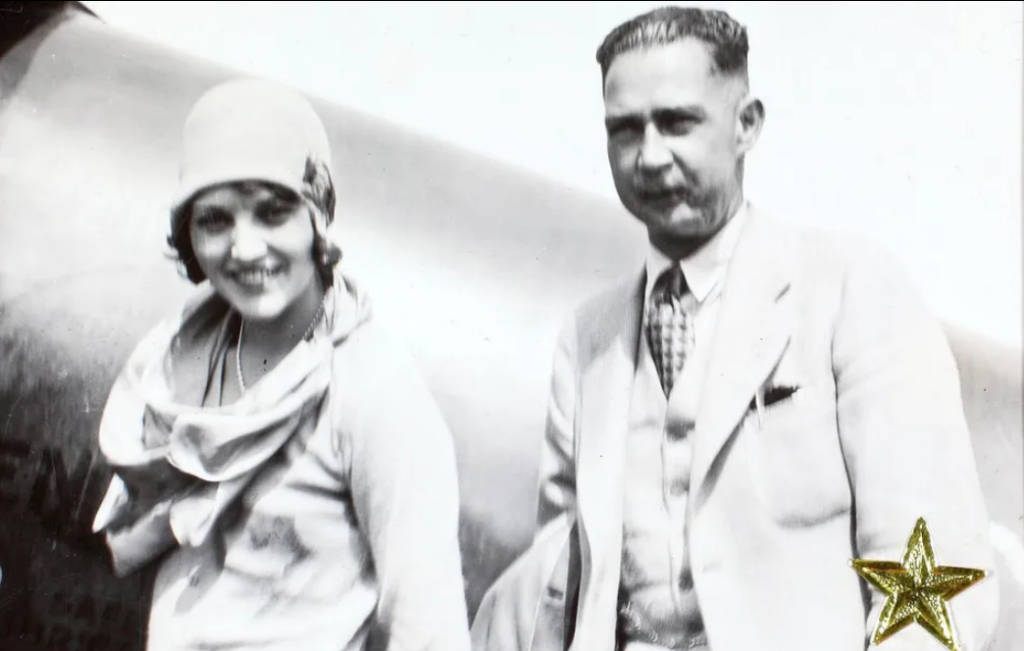
In April 1936 Babb was overwhelmed with aircraft buyers from England, and Spain seeking surplus American-built airline transports and single-engine trainers. He even supplied aircraft for the Spanish Civil War. The aircraft market became even more lucrative as Germany started making military advances in Europe. Babb used his inside military contacts to acquire older surplus U.S. military airplanes. He was instrumental in supplying aircraft for the “Empire Training Scheme” which was set up to train pilots outside of England for the war effort. By the late 1930s, The Babb Company had offices in Glendale California, New York, Tucson, Canada, Europe, and Latin America. Numerous surplus military aircraft stored in Arizona passed through Babb’s office in Tucson en route to new owners.
Although he was disfigured and lost a hand from a hunting accident, Babb still loved hunting and fishing in the Arctic. Babb was joined on his excursions by his military friends and celebrities including Will Rogers and Wiley Post who was also a record-holding aviator. Despite Post having lost his left eye in an oil field accident he was considered one of the best pilots in the world because he was the first man to fly solo around the world. In the process, he discovered the jet stream and experimented with pressure suits. Post and Rogers were killed on 15 August 1935 at Walakpa Lagoon, Alaska when they took off in bad weather. They were surveying an Alaska-Siberia mail-passenger route in a modified Lockheed Orion float plane. Post had purchased the plane, NR12283, from Babb in 1933 and had him modify it by installing a six-foot longer wing from an experimental Lockheed Explorer and a larger 550 hp Pratt & Whitney engine. Post had installed oversize floats.
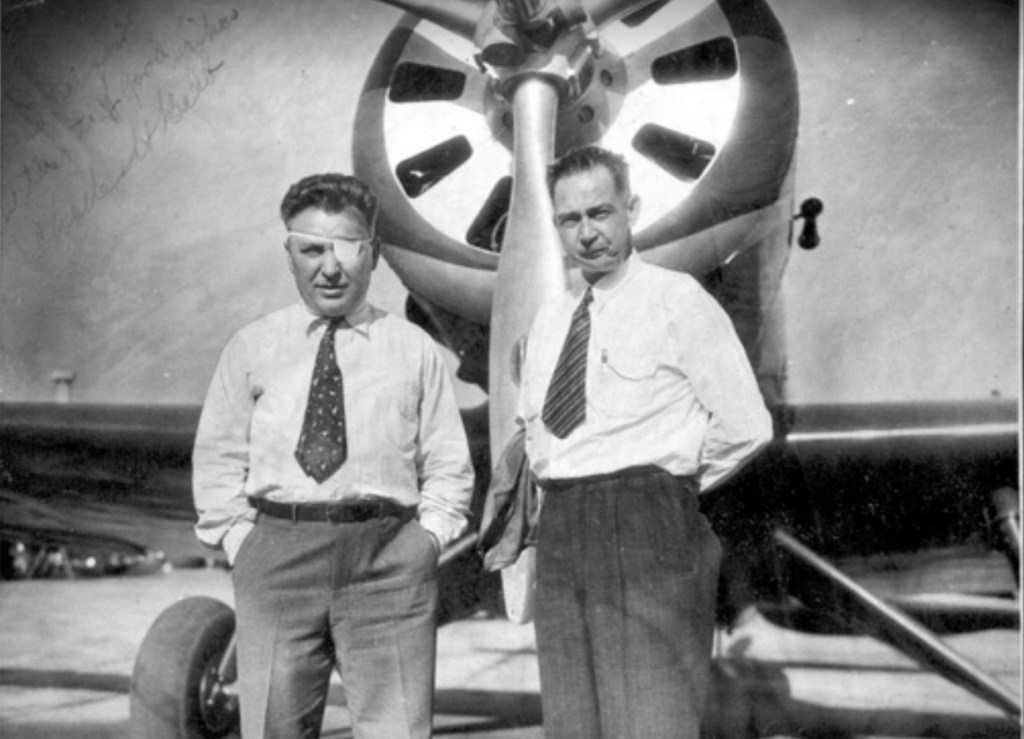
Howard Hughes had formed Hughes Aircraft in 1932. In August 1940 he asked Babb to broker the sale of his Lockheed 14 to the British government. Hughes and Edward Lund had flown the aircraft around the world in 1938 in 91 hours and 17 minutes breaking Wiley Post’s 1933 record of 186 hours. Hughes felt it would be a patriotic gesture to sell it to the British government for war duty. Babb was involved in every aspect of international aircraft sales. He was very patriotic but in today’s world he would probably be known as an ‘international arms dealer.’
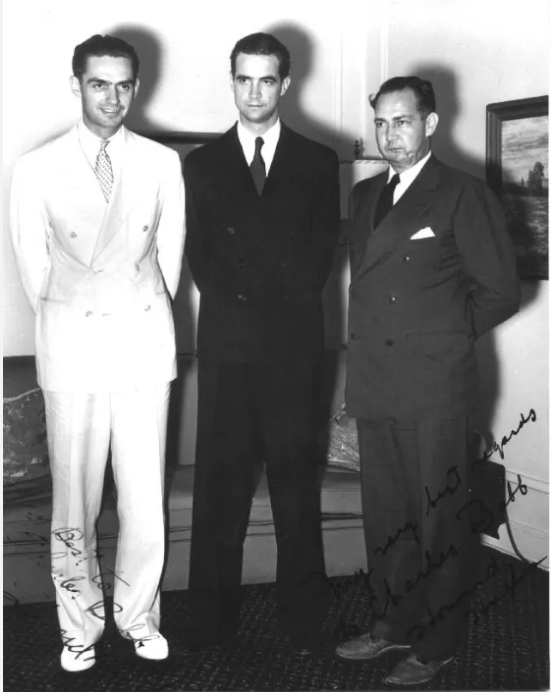
By 1938, Babb operated a huge facility converting used aircraft to cargo transports. He was an accomplished engineer who designed a revolutionary fuselage with a front-loading nose door for straight-in loading. He planned to manufacture a high-wing, swing-nose aircraft. In 1940, Babb was granted the seminal patent on his front-loading cargo aircraft fuselage design. This means his patented concept was so impactful that it ‘creates’ or ‘shifts’ technology. Other inventors would use his design as part of a new invention. His patented door mechanism was used on designs for military aircraft developed during and after World War II. Patent infringement issues for the collection of royalties were fought in court for years even after Babb’s death. By the end of WW-II Babb had established himself as the top international aircraft holding company doing business with governments all over the globe.
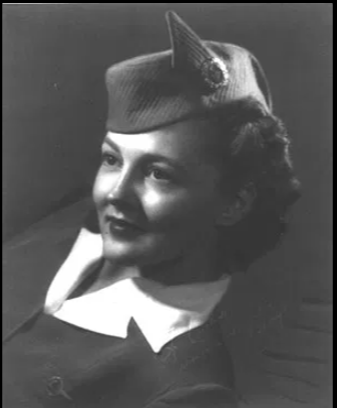
Babb divorced his first wife Hester E. Drew before 1943.[5] There is no information on when or where Babb met his second wife, Canadian citizen, Blanche Celestine Borgen who was a Pan American Airways flight attendant. Babb and Blanche Borgen were married 21 September 1945. General Jimmy Doolittle gave the bride away. A photo of the wedding party is virtually a who’s who of U. S. military officers including Col. Bernard Schriver, Gen. Fred Andersen, Gen. Carl “Tooey” Spaatz, Gen. Jimmy Doolittle, Gen. Victor Herbert Strahm, Gen. Curtis Lemay, and others. It was obvious Babb had close friends at the highest levels of military aviation.
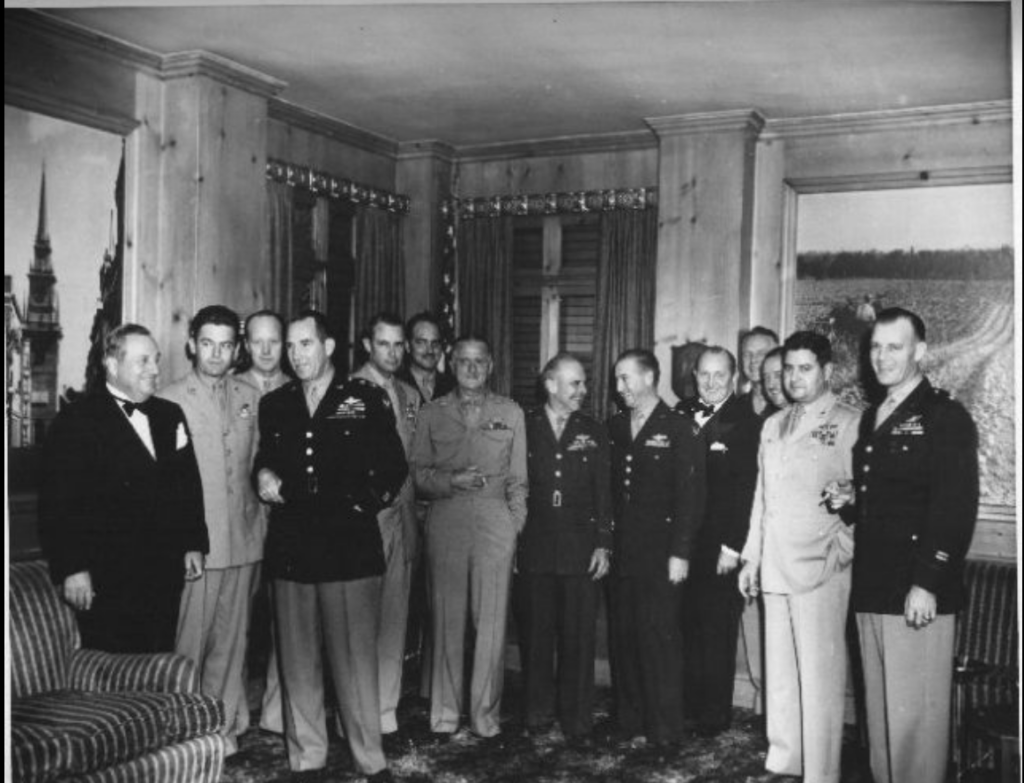
Babb expanded his aircraft brokerage empire even more after the war. He worked his network of very influential friends to full advantage. He purchased large blocks of surplus military aircraft selling them to commercial airlines and governments. In the post WW-II years he was the leading sales agency for bulk disposals of military aircraft to foreign air forces and commercial airlines. He opened a facility in New York and established a ‘Babb’ Canadian associate company to process bulk purchases of surplus Royal Canadian Air Force (RCAF) aircraft.
The Canadian War Assets Corporation sold Babb’s Canadian branch 200 North American T-6 aircraft for $1,000 each. They originally cost the Canadian government $30,000 each. Babb reconditioned them at his facility at the Grand Central Airport in Glendale using fifty of them for parts. He then sold the overhauled remaining 150 aircraft to China for $10,000 each.
The post-World War II Babb Company surplus aircraft inventory was enormous. Between 1945 and 1950 he purchased from war assets disposal at least 120 more T-6 aircraft most of which were reconditioned and sold to Sweden. Records show he purchased 66 Douglas C-47s, one Douglas C-54, two B-17Gs, three UC-64 Norseman, 21 Douglas A-26s, and a large group of Consolidated PBY Catalinas.[6]
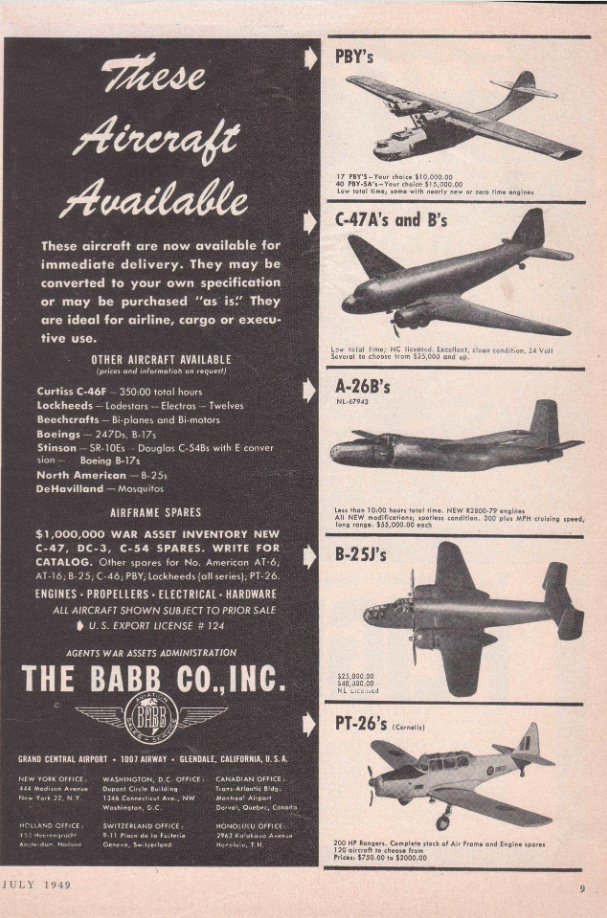
In July 1949 he advertised for sale 57 Consolidated PBYs and 120 PT-26 aircraft along with a C-47A, B-25J, and several A26B. His ads stated he also had Lockheeds, Beachcrafts, Boeings, and Stinsons available. The military started phasing out the Stinson L-5 by 1950. It has not been substantiated but was reported that Babb purchased the tooling, all spares, and rights of manufacture for the Stinson L-5 Sentinel. Knowing Babb’s position in aircraft brokering it is entirely possible.
In 1950, Babb accidentally started a new business while trying to help a friend who had a large orange grove. During an impending hard freeze, Babb mounted a surplus Allison V-1710 engine salvaged from a P-38 on a trailer and reversed the prop. The engine blew the warm air from the exhaust throughout the grove preventing the fruit from freezing. This prompted a new business of mounting aircraft engines on trailers and leasing them to fruit growers.
In addition to running The Babb Co, Mr. Babb was a founding member of the exclusive aviation association ‘Conquistadores del Cielo.’ He was voted president in 1951 and honored for his contribution to aviation.
In 1951 The Babb Company was selected as the exclusive North American distributor for De Havilland’s “Beaver” aircraft which was developed in 1947. Babb had become incredibly wealthy and was the king of international aircraft brokering.
Charles Harding Babb died suddenly of a heart attack on 15 November 1952 at only 53 years old. Although not known by the public, his success was not a secret to the corporate world. The Babb Company was immediately in play. The company assets and contacts were worth millions. The takeover titans and corporate raiders were soon vying for control.
Babb Company was acquired by Atlas Corporation which was owned and controlled by financial titan Floyd Odlum. He was married to one of Babb’s old customers, Jackie Cochran, America’s greatest aviatrix, and the first woman to break the sound barrier. As aforementioned Cochran and her close friend Amelia Earhart had purchased aircraft from Babb plus aircraft parts and services. (It is of note that Odlum engaged Chuck Yeager to instruct his wife on breaking the sound barrier.) Odlum also controlled Northeast and Transocean Airlines. He merged Transocean with The Babb Company and raided the assets. The remnants of The Babb Corporation were eventually acquired by Linden Trucking and Air Freight. An ignominious end to a leader of early aviation.
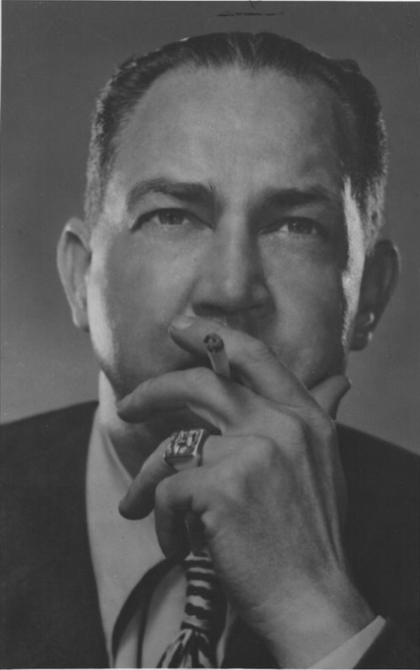
Charles Harding Babb was an early titan of American aviation. He was an incredible businessman who built an aviation empire, but little is written about him. His aircraft brokerage had tentacles reaching every corner of the world from 1928 until he died in 1952. Even years after his death corporate raiders battled to control his company. He conceived, designed, and patented the raised cockpit and front-loading nose door for cargo aircraft which is the standard for today’s giant cargo liners. For more on aviation innovations and their impact on the industry and America’s space program, see my books listed on this website.
Photos Courtesy: San Diego Air-Space Museum in Balboa Park.
[1] Lewis, W. David. “Edward V. Rickenbacker,” in Encyclopedia of American Business, The Airline Industry. (New York: 1992), 399-400.
[2] Lloyd H. Cornett, Jr., “American Airlines,” in Encyclopedia of American Business, The Airline Industry, (New York: 1992), P 38.
[3] Patrica A. Michaelis, ”Jack Fry,” in Encyclopedia of American Business, The Airline Industry, (New York 1992), P 186-189.
[4] U.S Civilian Registry: Air History.org
[5] Los Angeles Times 17 December 1944
[6] Joe Baugher Home Page. http://joebaugher.com/usaf_serials/usafserials.html, (accessed 3 February 2024)
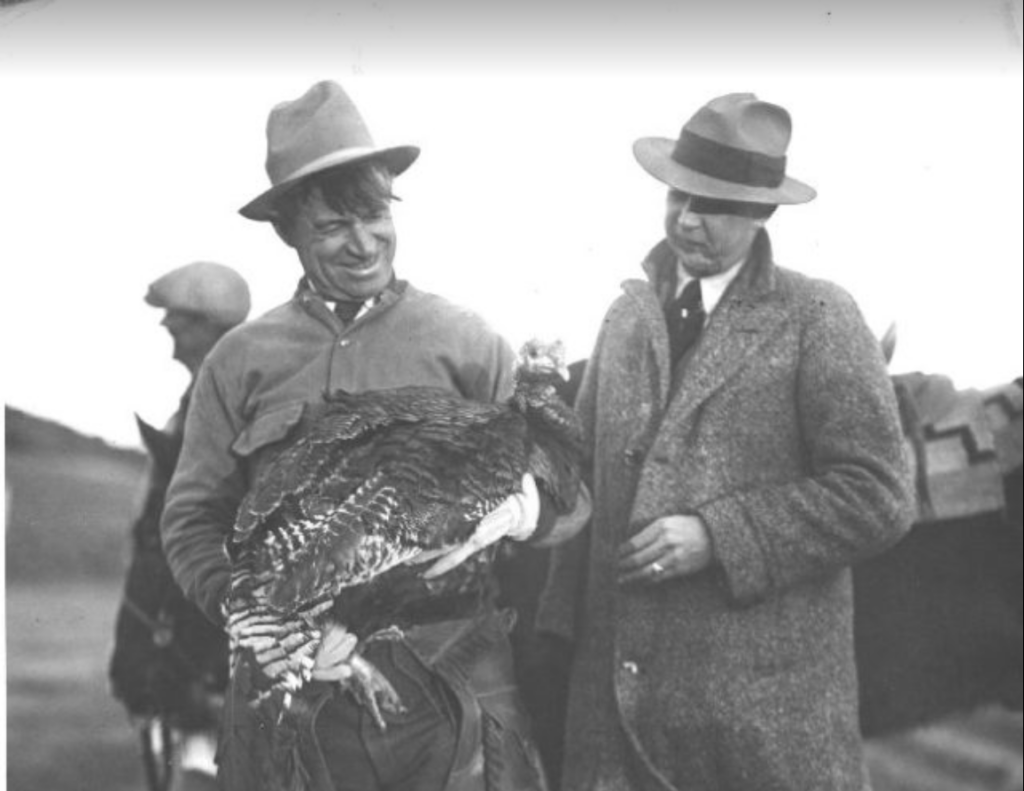
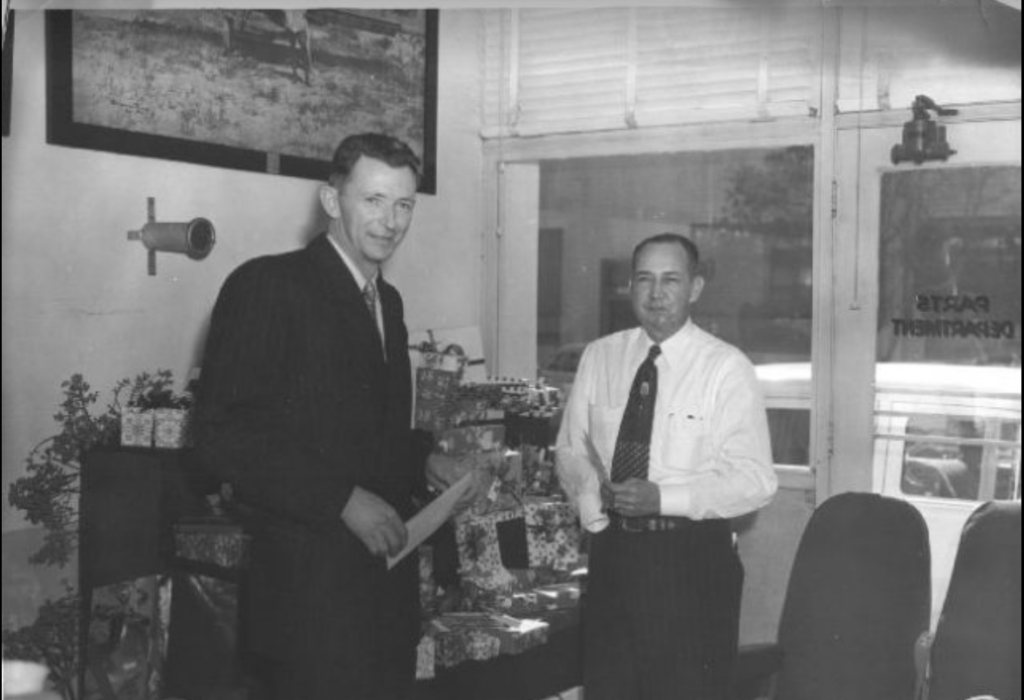
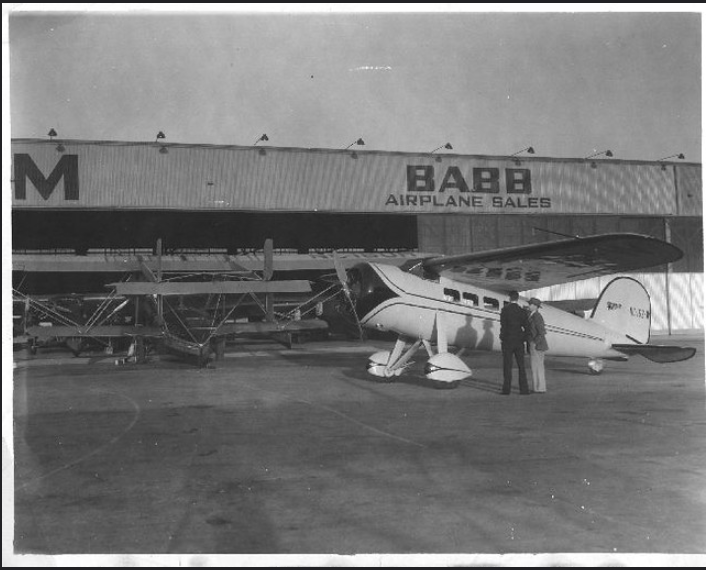
Hi Patrick, An interesting article about a company/person I’ve come across many times during research (mainly around second-hand Stratocruisers) but have never bothered to persue – much like yourself. It’s good that you’ve given him some ‘official’ recognition – what an interesting character he was.
Regards,
Mike